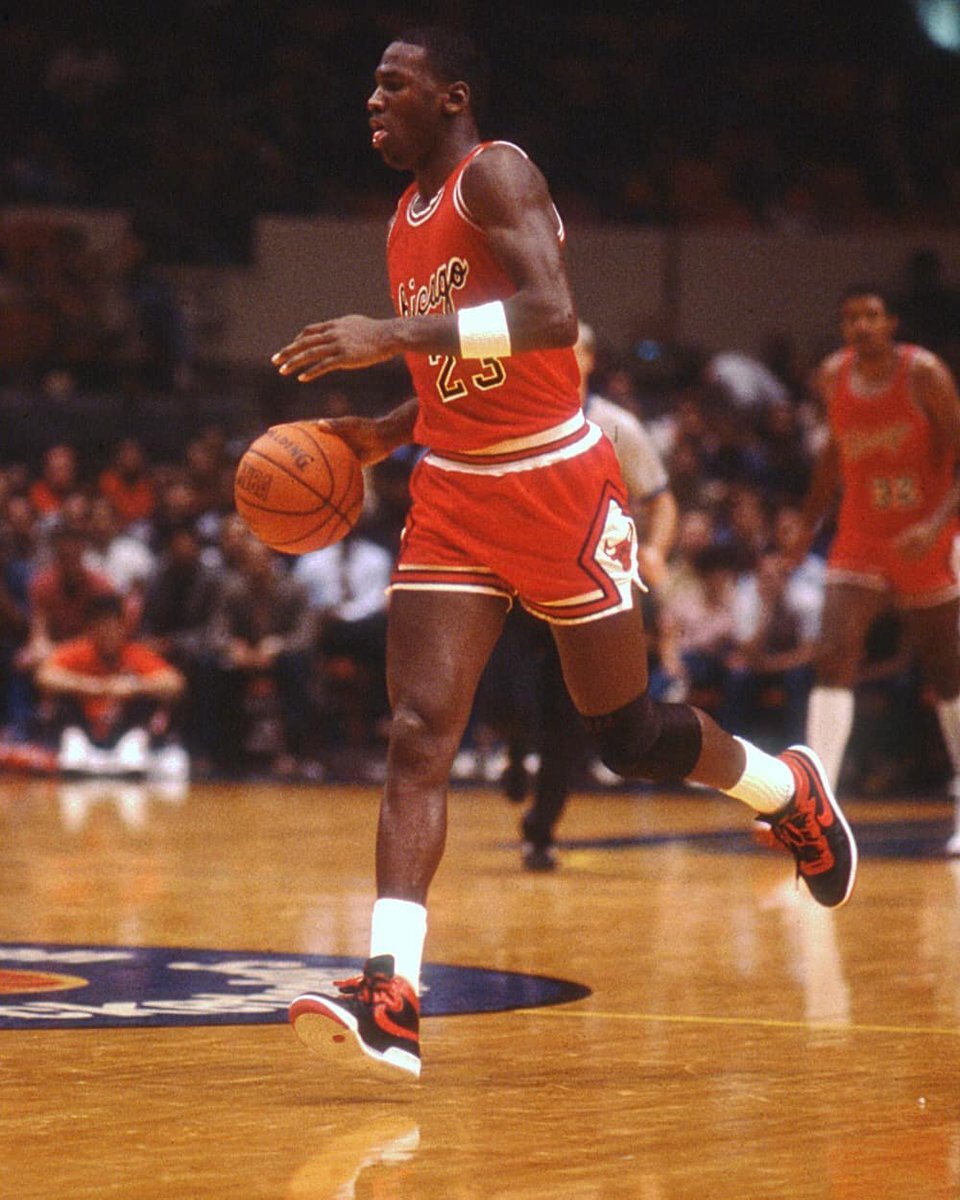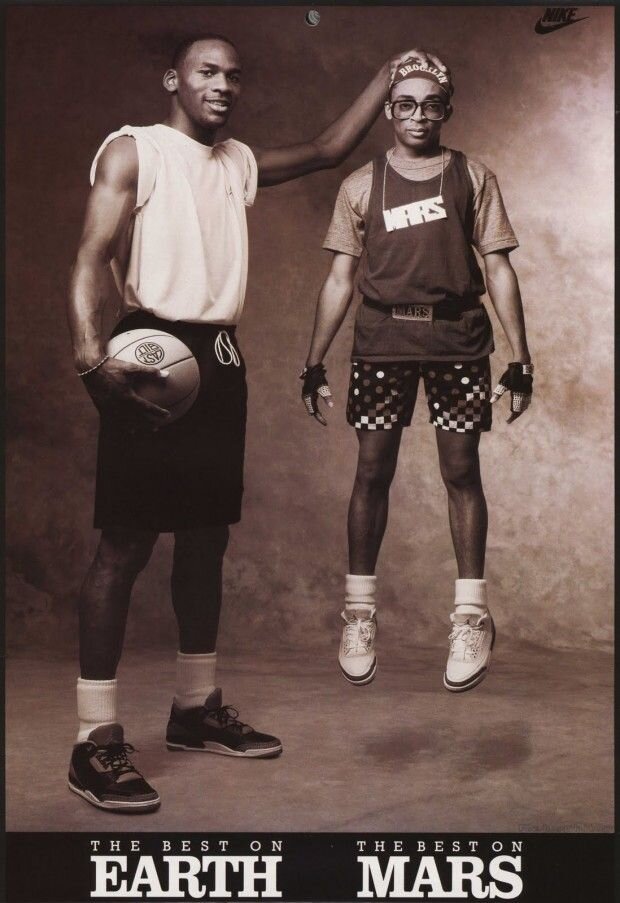Banned to Brand: The History Behind Jordan 1s
The Air Jordan 1s will go down in history as the shoe that changed the world of sneaker-collecting. Known as the sneaker that connects people, generations, and lifestyles, the “Jordan” turned from the name of a basketball legend into a legendary brand. Micheal Jordan and his team originally collaborated with Nike after being rejected by Converse and Adidas. With his rookie title and shooting guard position, MJ was a risk that few brands were willing to take. It’s why the collection had such a difficult time flying off of the ground. Nike saw this risk, however, and chose to turn it into the Jordan package.
The original prototype for the Jordans, Jordan Airships, featured a black and red colorway. When Micheal Jordan first wore them on the court it caught NBA commissioner David Stern’s eye. The sneakers violated the NBA’s 51% rule wherein regulations state that uniforms must be majorly white. Penalties for wearing them on the court resulted in a $5,000 fine–but no such penalties could restrict MJ from playing games with the sneakers. The fine was a sum that Nike was happy to cover for the unique marketing opportunity, and so the shoes were worn through games all the way until MJ’s Rookie of the Year honor. Myth to man, the now-beloved classics were named the “banned” Jordan 1s.
Micheal Jordan, Air Jordan 1 “Man Was Not Meant To Fly”
In one of the original advertisements for the Air Jordans, a basketball rolls into the center of an outdoor court towards an awaiting Micheal Jordan. In a close-up shot of the Jordans, we see them make contact with the basketball and kick it upwards. He dribbles it down the court and within seconds is midleap, arm extended to dunk the ball reminiscent of the iconic Jordan logo. The loud roar of a jet engine plays in conjunction with Micheal Jordan asking “Who says man isn’t meant to fly?”
Nike’s marketing proved irresistible to basketball players to the fashion scene alike. No one could keep their hands off of the shoe that wasn’t allowed in the NBA. It was important to both MJ and his agents that the sneakers be both basketball friendly and aesthetically approachable. By doing so, the target audience expanded exponentially.
Micheal Jordan and Spike Lee, Air Jordan campaign poster
“The guy who’s bagging your groceries and Jay-Z are wearing the same shoe,” said Lena Waithe, writer and actor. “Michael Jordan means just as much to the person bagging the groceries as he does to Jay-Z.”
The Jordan 1s are a shoe that is welcome on the basketball court, at the skatepark, and at high-end fashion shows. There are few products that have become so integral in the way that Jordan 1s have to such a wide array of lifestyles and cultural backdrops. By creating a universally approachable design, Nike and MJ were able to connect people and generations with the brand Jordan. Each person has a unique story of how they were introduced to Jordans. P.J. Tucker’s, the Houston Rockets forward, first basketball shoes were Air Jordan 1s that his mother bought him when he was growing up in North Carolina.
Nike taking on the risk of signing with MJ was not done so without collateral of course. To safeguard the company, Nike wrote up an out-clause into the contract. If the Air Jordans didn’t earn a profit of three million dollars in the first three years of launch, or if MJ didn’t make the NBA All-Star Game in his first three years as a player, Nike would be able to leave him. It was deemed unnecessary in the coming year, however, with Jordan being voted in as a Rookie starter in the All-Star Game and the Jordans making $130 million for Nike in 1985 alone. The Jordan branch now earns upwards of 2.3 billion dollars in revenue annually.
Could you imagine if Jordans weren’t a part of Nike? The collaboration almost didn’t happen. In fact, Jordan hadn’t even wanted it at all. MJ’s agent David Falk was the one who pulled the strings behind the scenes–calling MJ’s parents so they could convince him to go to the meeting with Nike. MJ’s mom was the one who convinced the reluctant young star to meet with the Nike team. “I couldn’t even get him to get on the damn plane and visit the campus,” Falk said.
That one phone call changed the history of what the name Jordan meant as a brand. It’s impossible to anticipate how successful the Jordan story would be without Nike’s willingness to sign it’s namesake. “It’s very difficult to separate Michael’s world from the footwear world that we are a part of,” says Jordan brand vice president Gentry Humphrey. “They’re really, really synonymous.”
Jordan 1s became one of the most desired sneakers in the industry. It’s not just a sports success story; Jordans are a product of successful design. The desire for accessibility that MJ and his team aspired for is key for the longevity of the Jordan design.





